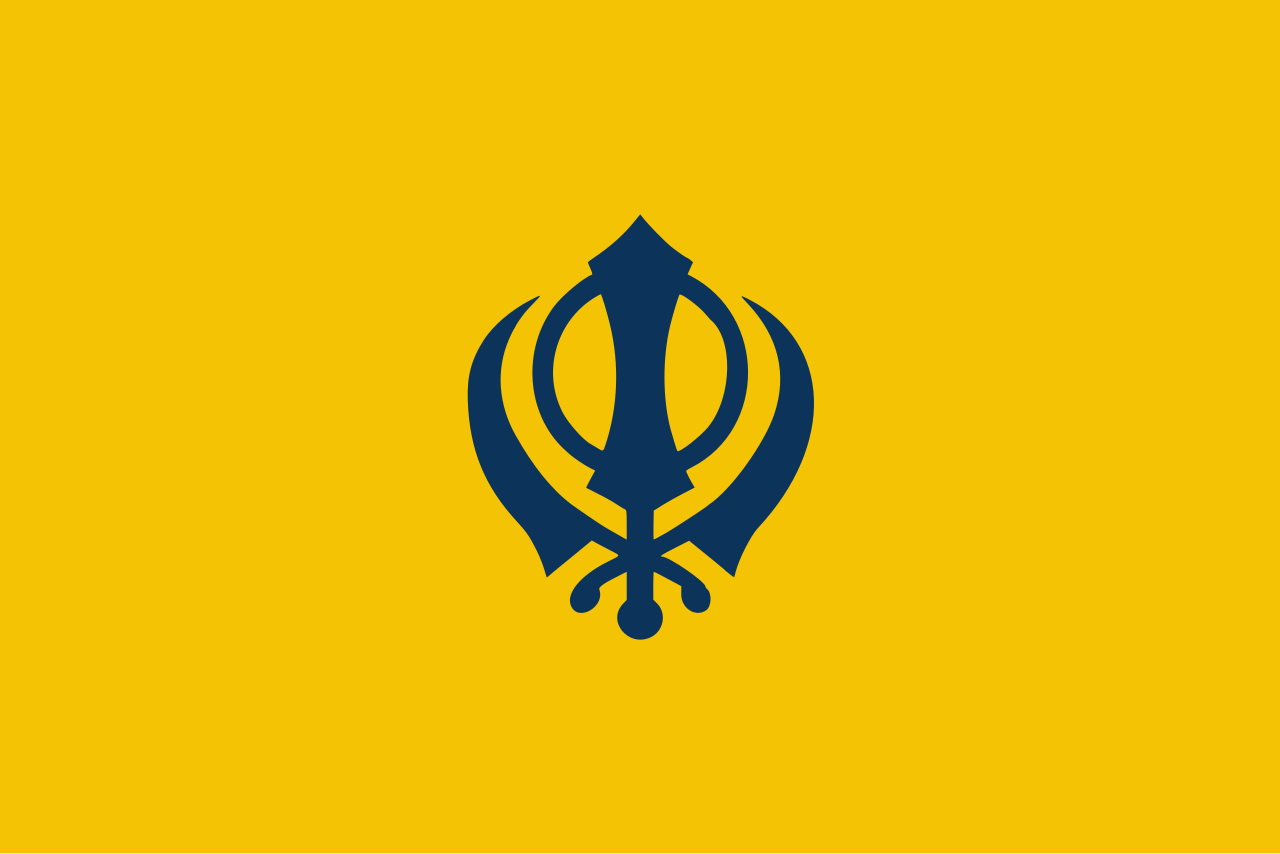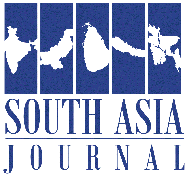
The demand for Khalistan has always been a sensitive and complex issue in India. On June 6, 2025, this issue gained new attention as 41st anniversary of Operation Blue Star was marked by protests, strikes, and loud calls for Khalistan. The demand for a separate Sikh state a notion that was once brushed aside as a fringe idea has once again reverberated across India and the world.
Historical Context
The idea of Khalistan literally meaning “Land of the Khalsa” has its roots in the early 20th century but became more prominent in the late 1970s and early 1980s. The initial demand for a Sikh state arose from perceived grievances and a desire for greater autonomy for Sikhs within India. These grievances included a long history of Sikh distrust toward the central government, especially following the annexation of Punjab into India after independence and the political marginalization of the Sikh community.
The intensification of the Khalistan movement began under the leadership of Jarnail Singh Bhindranwale in the 1980s. Bhindranwale’s rise as a prominent Sikh leader was based on his advocacy for the rights of Sikhs, many of whom felt their religious and political autonomy was under threat. His call for Sikh self-determination led to a violent clash with the Indian government, culminating in Operation Blue Star a military operation aimed at flushing out Bhindranwale and his supporters from the Golden Temple in Amritsar. This operation led to the destruction of parts of the holiest Sikh shrine and the deaths of many Sikh militants. In the aftermath, the demand for Khalistan gained momentum particularly in the diaspora.
Despite the efforts of the Indian government to suppress the movement, it persisted in various forms. However, the movement’s political influence waned in the years following Operation Blue Star, primarily due to the shift in focus toward economic growth and stability in post-liberalization India. Yet, the seeds of discontent never disappeared, and events like the 1984 anti-Sikh riots only served to fuel the sense of injustice and alienation that many Sikhs felt.
The Renewed Call for Khalistan
Fast forward to June 6, 2025, where the world once again witnessed the resurgence of Khalistan as a vocal demand. This was not a mere symbolic gesture; it was a response to decades of unresolved grievances and a reflection of a growing movement that spans both India and the Sikh diaspora. The Dal Khalsa movement, a prominent Sikh rights organization, played a crucial role in organizing the protests and strikes on the 41st anniversary of Operation Blue Star. On this day, thousands of Sikhs gathered in Amritsar, demanding the creation of Khalistan and the release of Sikh political prisoners, also known as Bandi Singhs.
The strikes, which were observed in several parts of Indian Punjab, signaled that the movement for Khalistan is far from dead. The slogan “Khalistan Zindabad” (Long Live Khalistan) echoed not only around Akal Takht but across the Golden Temple complex, reaffirming that the demand for a separate Sikh state is as alive as ever. Additionally, the Sikh leadership, including figures from organizations such as Shiromani Akali Dal and former Member of Parliament Sardar Simranjeet Singh Mann, came out in full support of the cause, waving Khalistani flags and images of the martyred Jarnail Singh Bhindranwale.
This movement is not limited to the streets of Amritsar; it has found strong backing among Sikhs worldwide. In Canada, the United States, the United Kingdom, and Australia, Sikh communities have held rallies, organized conferences, and lobbied political leaders to raise the issue of Khalistan. The solidarity shown by the diaspora is vital, as it not only amplifies the voice of the movement but also brings international attention to the plight of Sikhs in India.
Political Implications
For years, India has viewed the Khalistan movement as a threat to national integrity, associating it with separatism and terrorism. The government’s stance has been firm: there is no room for the creation of a separate Sikh state within India. This response, while maintaining national unity, has often been seen as dismissive of the legitimate grievances of the Sikh community.
Politically, the demand for Khalistan is not only a challenge to the Indian state but also a direct challenge to the way India has envisioned itself a secular, multi-religious nation. The issue of Khalistan intersects with India’s complex identity politics, which includes the dominance of Hindu majoritarianism, the marginalization of minorities, and the struggle for regional autonomy. As more Sikhs come together to call for Khalistan, the Indian government may be forced to reconsider its approach to Sikh political aspirations, particularly in light of the ongoing challenges in Kashmir and the Northeast.
The resurgence of Khalistan also raises questions about India’s approach to federalism. The Indian state’s heavy-handed response to regional movements has often been counterproductive, escalating unrest rather than resolving issues through dialogue and negotiation. While the demand for Khalistan is a reflection of Sikh identity and historical grievances, it is also a symptom of broader issues of governance and representation within India.
Role of Sikh diaspora
Internationally, the issue of Khalistan is being closely monitored, particularly in countries with significant Sikh populations. The Sikh diaspora, especially in Canada, the UK, and the US, has been vocal in supporting the movement. In Canada, political leaders from both major parties have shown sympathy for the cause, while in the UK, Sikh activists have raised the issue in parliamentary debates. This international support further complicates the issue for the Indian government, which has attempted to manage the narrative by framing Khalistan as a fringe movement backed by extremists.
However, the Indian government has consistently emphasized that Khalistan is an internal matter, and it has sought to curb foreign interference. Indian diplomatic responses to Khalistan related protests abroad have ranged from lobbying foreign governments to silence the issue to taking legal actions against individuals and organizations promoting the cause.
Dialogue or Confrontation?
The question that now arises is: Is there room for negotiation and compromise, or will the issue be swept under the rug as it has been for decades?
One thing is clear: the issue cannot be ignored. The Sikh community’s desire for justice, recognition, and self-determination cannot be dismissed as a relic of the past. For India to move forward, it must engage in open dialogue with Sikh leaders and activists. It must address the underlying grievances that have fuelled the Khalistan movement, including the demand for the release of political prisoners, the protection of Sikh religious and cultural rights, and an acknowledgment of the injustices of the past. Without addressing these core issues, the demand for Khalistan will continue to grow, potentially leading to more unrest and instability.
Ultimately, the future of the Khalistan movement lies not just in the hands of the Indian government but also in the willingness of all parties to engage in meaningful dialogue. Only through dialogue, compromise, and understanding can a peaceful solution be reached one that recognizes the aspirations of Sikhs while preserving the unity of India.
While the demand for Khalistan may seem like a radical call, it is also a reflection of the unaddressed concerns of a marginalized community. The question remains: will India rise to the challenge, or will the demand for Khalistan continue to divide the nation? The future remains uncertain, but one thing is clear: the call for Khalistan will not be silenced anytime soon.
